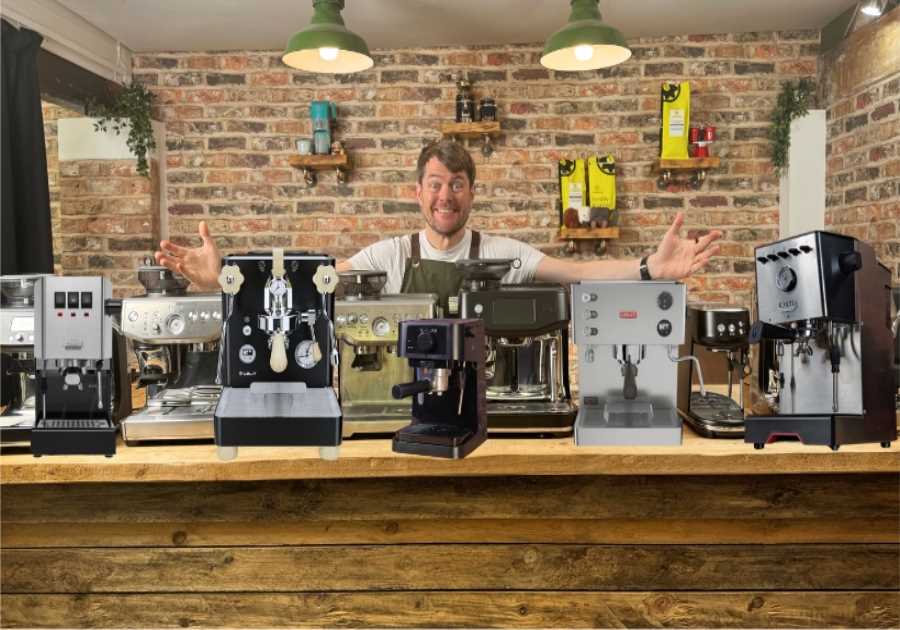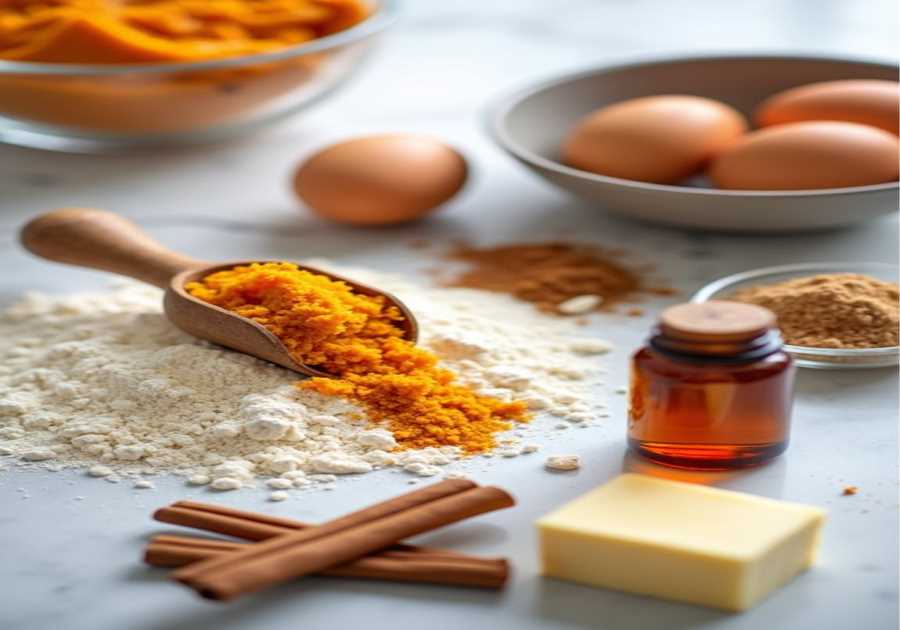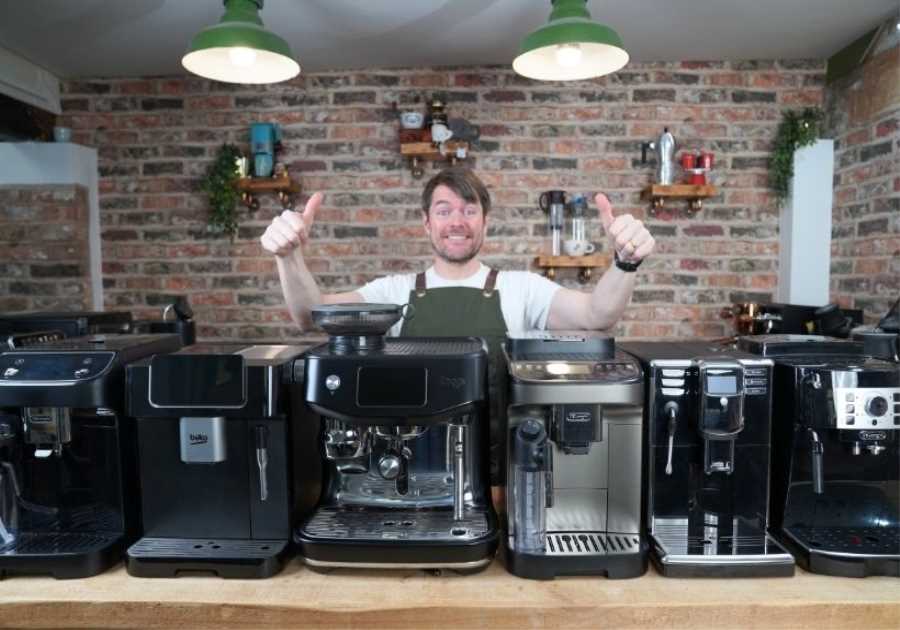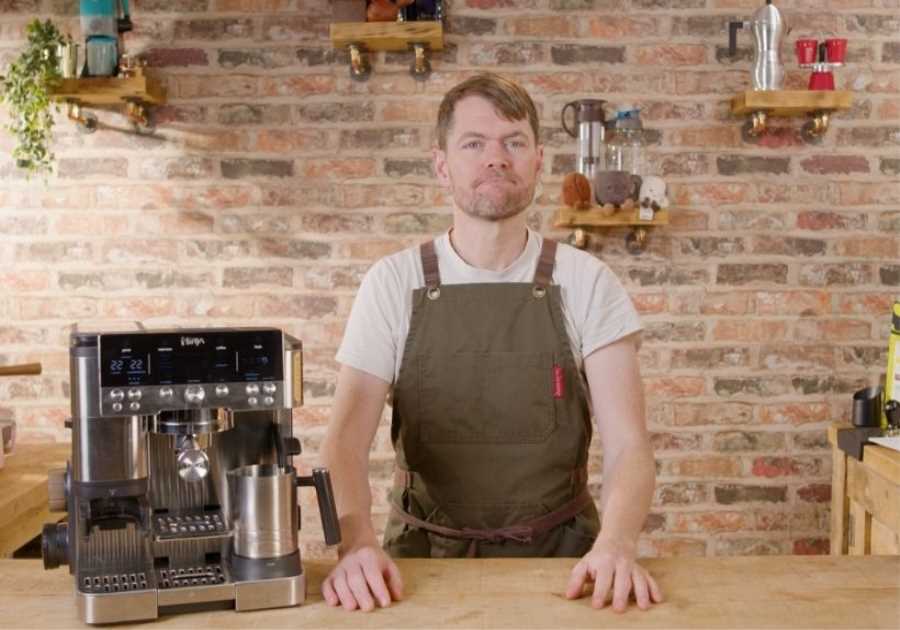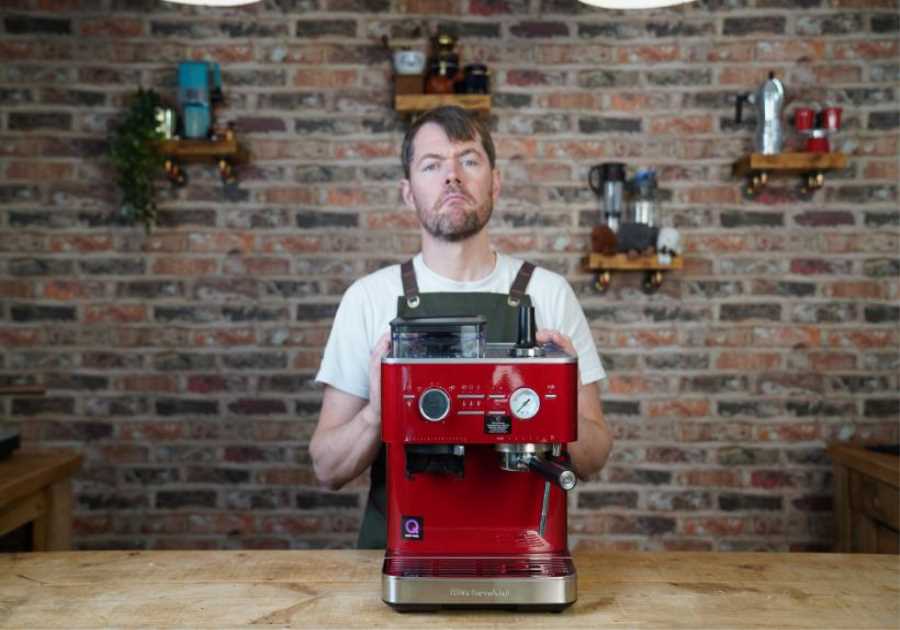Single-dose grinding has become a popular technique among home consumers and professional baristas alike. The theory behind it is simple: you leave the hopper empty, weigh out a specific amount of coffee, and only grind that.
There are a number of reasons why both coffee shops and home brewers use single-dosing, but chief among them is a focus on preserving freshness and more precise measurements.
So, to learn more about this technique, I spoke with Ryan Felbinger, product manager at Prima Coffee, and Andrea Ballocci from Eureka. Read on to find out what they told me.
You may also like our article on gravimetric vs timed grinders.
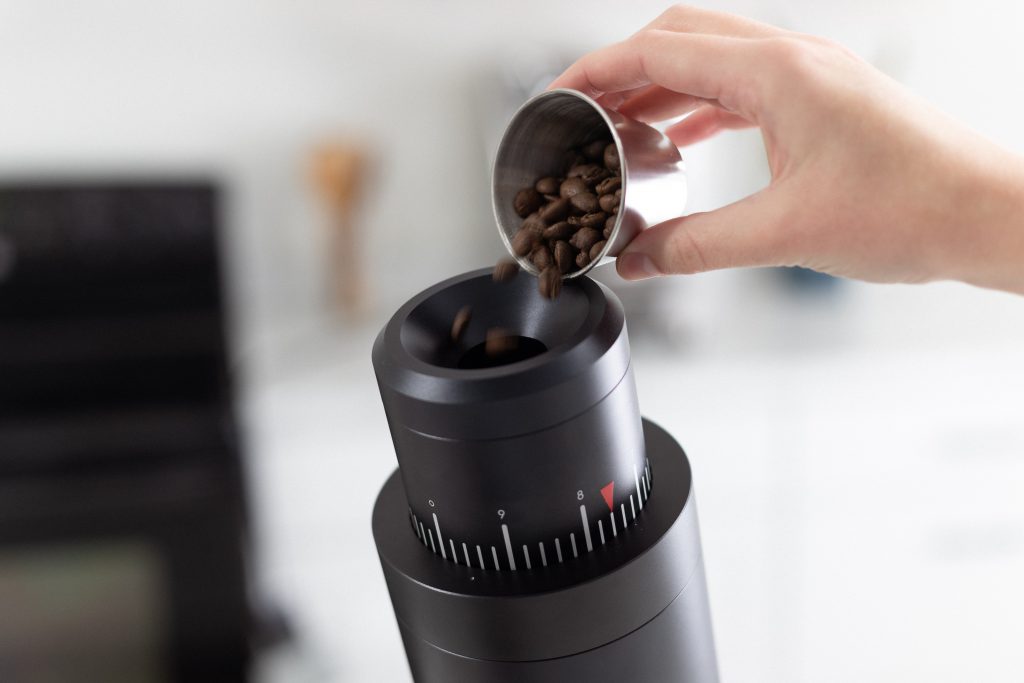
What is single-dose grinding?
In coffee shops around the world, it’s common for baristas to fill grinder hoppers (especially ones used to grind for espresso) with beans. This helps to optimise workflow and speed up service as they then don’t need to continuously keep restocking the hopper.
Single-dosing, however, is a different way of doing things. Whole bean coffee is pre-weighed into individual amounts (often around 20g) and when the barista needs to brew, they place a single dose of coffee into the grinder hopper and grind it.
This technique is believed to have become popular after a coffee championship competitor repurposed an older grinder so that they could single-dose their coffee.
Today, however, single-dose grinders are found in many coffee shops across the globe. One of the most popular is the Mahlkönig EK43 grinder.
“Single-dosing has been [something of a trend] since the introduction of the EK43,” Ryan tells me. “But over the past three to five years, there has been growing interest from major grinder manufacturers to [come up with more single-dose grinding solutions].”
Prior to the release of the EK43, most cafés had to grind coffee for filter using espresso grinders. This was especially difficult as these models are designed to make very small, incremental grind size adjustments for espresso.
Furthermore, in coffee shops around the world, espresso-based beverages are ordered more often than filter coffees, so baristas can grind up to 1kg of espresso beans in a short amount of time. This means that they can completely fill espresso grinder hoppers without worrying too much about the coffee’s freshness, which essentially removes any need to single-dose.
However, as filter coffees aren’t ordered as often as espresso-based drinks, single-dosing becomes much more useful if you’re switching between the two.
Ultimately, if the barista were to completely fill the filter grinder hopper, the coffee could become stale more quickly as filter is less popular, and the barista would also lose the ability to brew more than one type of coffee.
But now, with dedicated single-dose grinders more readily available, coffee shops have been able to expand their menu offerings – particularly for filter coffees.
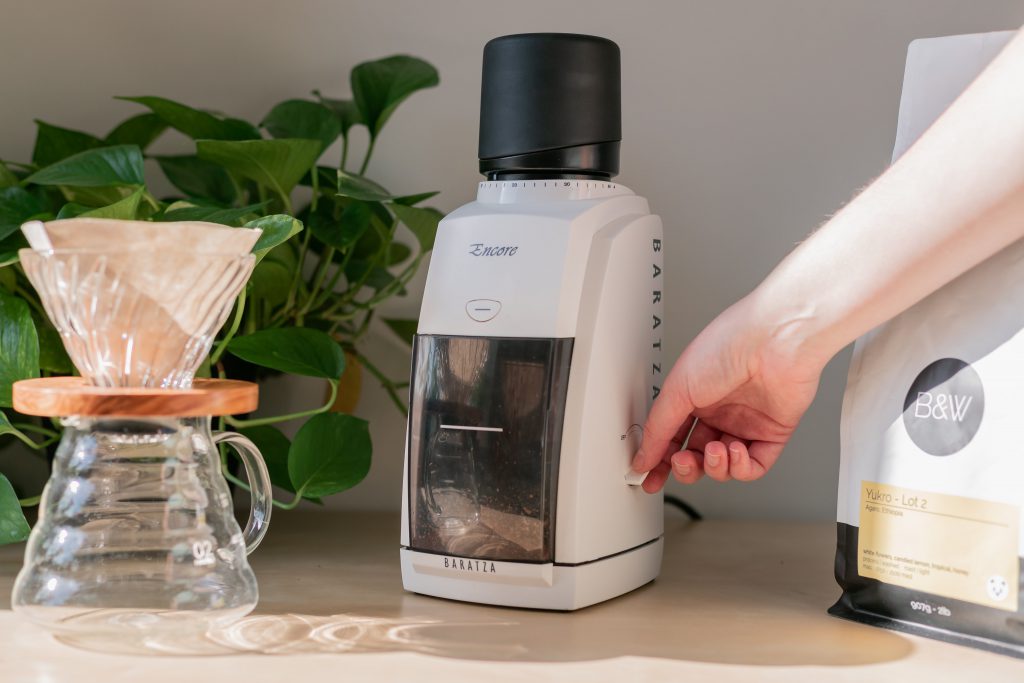
Is single-dosing better for filter or espresso?
In most coffee shops, single-dose grinding is more often used to prepare filter coffee than espresso. Generally speaking, coffee shops usually offer around three espresso options (including a decaf coffee), while if they offer filter coffee, they will tend to have a range that regularly changes.
By dosing coffee individually and using a single-dose grinder for filter coffee, cafés then have the capacity to increase the number of filter coffees on their menus.
What’s more, single-dosing coffee for espresso would be more time consuming as espresso-based drinks are ordered much more regularly than filter coffees. If a barista were to single-dose for every espresso-based beverage in a busy coffee shop, it would significantly affect workflow.
Andrea explains how grind retention is also a big factor stopping most coffee shops from single-dosing for espresso.
“[Because the grind size is finer for espresso], there is more grind retention,” he says. This is because there is an increased amount of fines which are more likely to remain on the burrs and in the grinding chamber compared to a coarser grind size.”
Grind retention can cause a number of problems, such as blockages and the extraction of stale, old coffee.
Purging the grinder can help to reduce grind retention, but naturally, this also would slow down service and barista workflow. However, for home baristas, single-dose grinding for espresso is a good way to preserve coffee freshness, as the coffee can be sealed inside an airtight container or sealed bag rather than the grinder hopper.
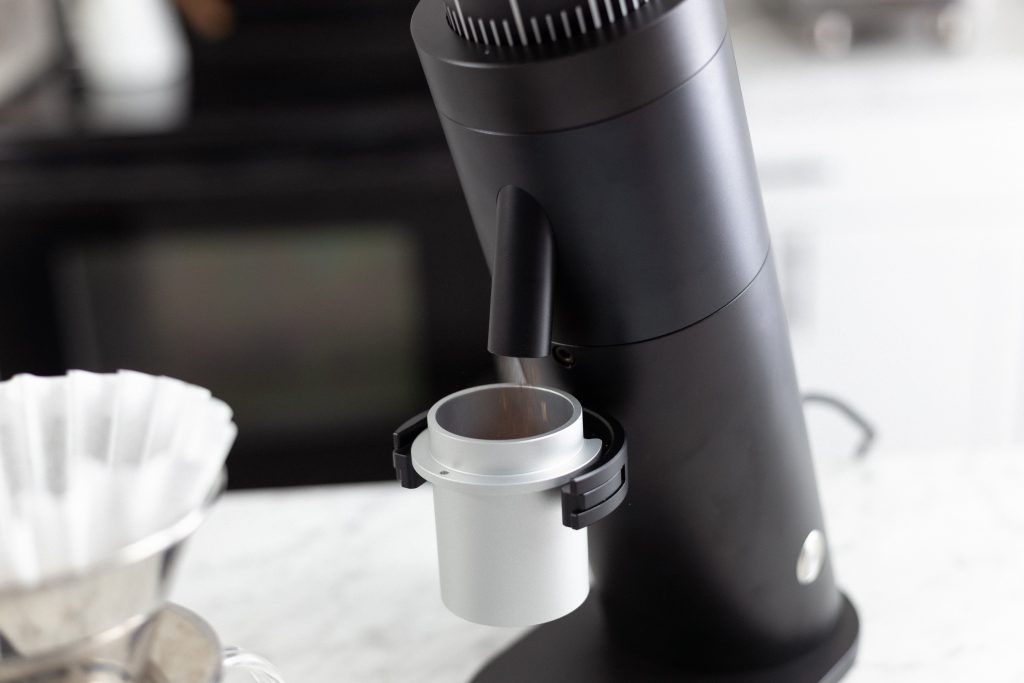
Reducing grind retention with single-dose grinders
Some home consumers and baristas use grinder bellows to remove retained grinds from the grinding chamber. These devices are used to blow air through the chute immediately after grinding, which helps to displace any remaining coffee grounds.
To combat these issues, new single-dose hoppers are also becoming more common.
“Manufacturers often introduce an alternative, [smaller-sized] hopper before making any internal changes to the grinder,” Ryan says. “[For single-dose grinding] shorter and more minimalist hoppers [are more preferable].
“Ultimately, many grinders would have to be completely redesigned to be considered single-dose grinders, [so redesigning the hopper is an easier solution],” he adds.
One example of a single-dose hopper is Baratza’s 60g-capacity hopper, which can be easily mounted onto a grinder body, including the Encore and Virtuoso+.
However, when it comes to internal design changes, many grinder manufacturers have been working on ways to minimise the problem, including Eureka.
Andrea tells me how the angle of the grinding chamber is particularly important for single-dose grinders.
“[In our Mignon Single Dose grinder], the 15° incline [of the chamber and chute] helps to guarantee a more uniform dose consistency,” he says. “As well as this, it helps to reduce retention as close to zero as possible, with a total retention below 0.8 grams and an exchange retention below 0.3 grams.”

The benefits of single-dosing coffee
By far one of the biggest advantages of using single-dose grinders is preserving coffee quality, as Andrea explains.
“Both home and professional baristas are becoming increasingly focused on coffee quality,” he says. “[As a result of this], they want equipment that can provide them with consistent, uniform grinding solutions.
“[Single-dose grinding allows them to achieve this], but low grind retention is essential for both uniform dose consistency and [minimising the extraction of stale coffee],” he adds.
What’s more, he believes that single-dose grinding allows baristas and consumers to experiment more with different coffees.
“Specialty baristas and consumers are curious; they are willing to experiment with high-quality blends and single origins,” he says. “They want to have the capacity to change from one coffee to another – with minimal grind retention [that can contaminate the flavour of the coffee].”
Alongside an increasing focus on quality, more and more coffee drinkers and baristas are looking for ways to reduce coffee waste.
Bean hoppers are not airtight, so by single-dosing coffee, coffees can be stored in their original packaging. Ultimately, this prolongs freshness and means fewer beans are wasted.
Furthermore, with grind retention reduced by using single-dose grinders, less coffee stays within the grinding chamber.
For coffee shops in particular, single-dose grinding means that baristas can use the same grinder to prepare a number of different coffees. Most single-dose grinders can be easily adjusted to brew several coffees with varying grind sizes.

Tips for single-dose grinding
Ryan has a few recommendations when using single-dose grinders.
“There is no such thing as ‘zero retention ‘, so even the best single-dose grinder will retain and exchange small amounts of coffee,” he says. “[Because of this] invest in a grinder that has quick and easy access to the grinding chamber and burrs.
“This will encourage you to clean the burrs more frequently, which means the grinder will perform better,” he adds.
Proper cleaning and maintenance is an essential part of keeping your grinder in good working condition. Regularly removing any fines or oil build up on the burrs will ensure that the coffee you grind is fresh.
There is no way to completely stop grind retention, but there are a number of things you can do to reduce the chances of it happening.
Coffee professional James Hoffmann recommends quickly placing the handle of a teaspoon under running water before stirring the coffee beans. This technique helps to reduce static, which minimises the amount of grounds retained on the burrs.

In the specialty coffee sector, single-dose grinding has undoubtedly become more popular over the past few years. Many professional and home baristas use this technique to widen their options when brewing a range of different coffees.
As a response to this trend, manufacturers are understandably looking for ways to rethink grinder design – creating new models or adjust older ones to cater to it.
Ultimately, whether or not you use single-dose grinders, this technique is certainly having an influence on the global coffee market. Whether or not this trend will continue in the years to come still remains to be seen.
Enjoyed this? Then read our article on cleaning and maintaining your coffee grinder.
Photo credits: Prima Coffee, Eureka
Perfect Daily Grind
Want to read more articles like this? Sign up for our newsletter!
The post What is single-dose coffee grinding? appeared first on Perfect Daily Grind.
By: Josef MottTitle: What is single-dose coffee grinding?
Sourced From: perfectdailygrind.com/2022/07/what-is-single-dose-coffee-grinding/
Published Date: Thu, 21 Jul 2022 05:28:00 +0000

